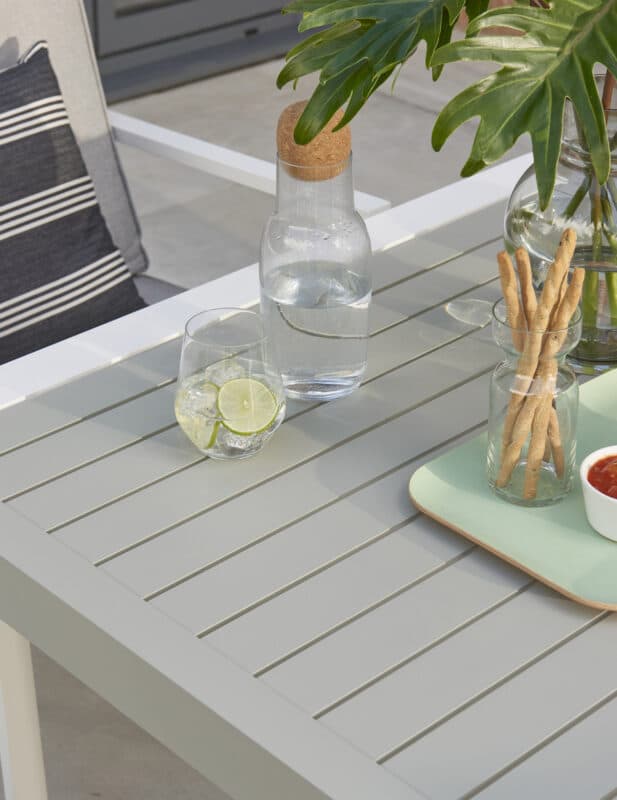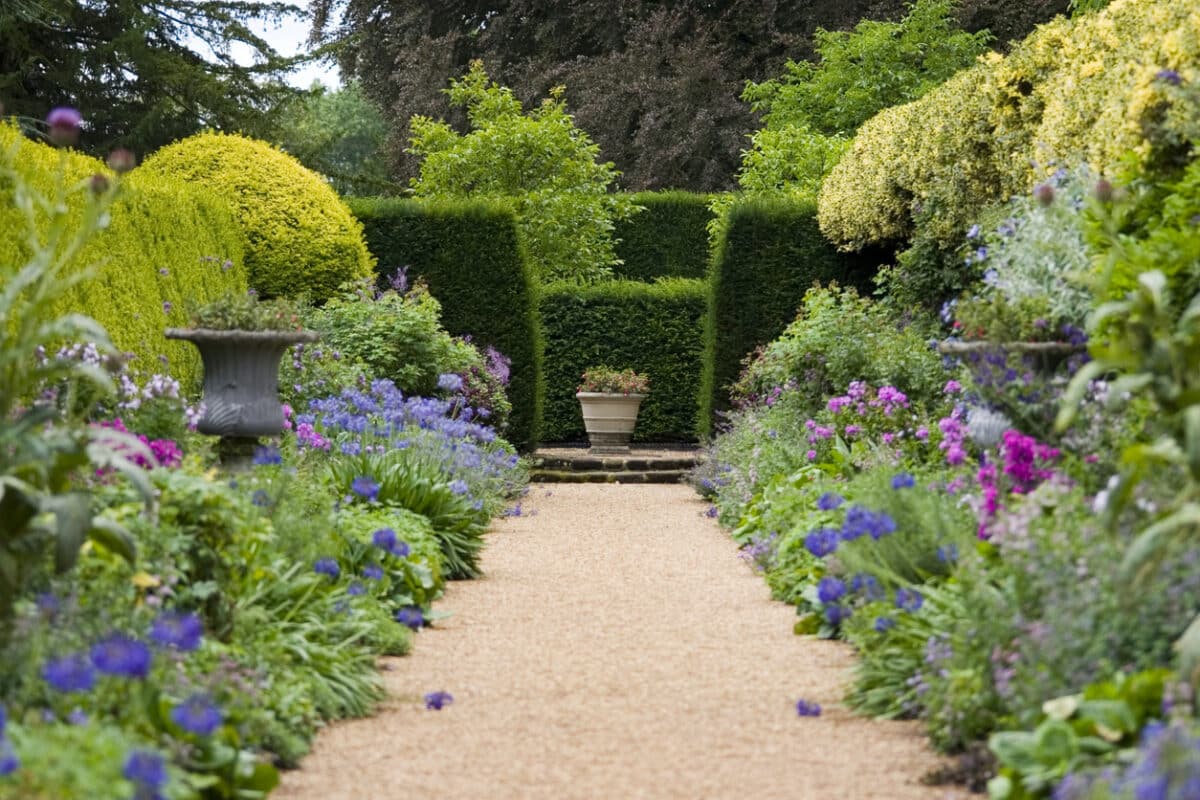Garden Style
DIY gardens part 3 – Making garden paths
Welcome to the third part of our mini-series about how to create a gorgeous garden without a designer. This time we’re taking a look at making garden paths. Do you create a long and winding road or a route taking you straight to the heart of the matter? And what materials can you use aside from the obvious? Let’s explore the ins and outs of exciting garden walkways.
Curves are better than straight lines
You want to get from A to B, of course. But do you need to get there in record time or would you like it to be a more relaxing and interesting journey? Make your path curve and wave its way through the space. This will create little pockets at the widest parts of the inner and outer curves that cry out for beautiful planting, perfect for lush flowers.
10 creative garden paths
The easiest garden path of all is probably a set of stepping stones. Lay them out on the ground. Draw around them. Dig a shallow trench for each one so they sit snugly and safely, and there you are. But there’s more. Maybe you want to create something unusual, a path that’s also a feature? Here are some bright creative ideas to inspire you.
- Buy some low cost garden stepping stones and mosaic them using shards of old pottery or broken ceramic tiles. Or use seashells, making sure you fill each shell with concrete before fixing it to the surface so you don’t break then when you stand on the stepping stone. You can even use purple, blue or green slate chips. Just fix them to the surface on top of a thick layer of concrete. 2cm should do the trick
- A path made from bricks, old or new, looks lovely. The colour of the terra cotta clay complements every garden, adding style and warmth. There’s no need to fix the bricks in concrete. You lay them on a flat bed of sand then add more sand afterwards to fill the gaps. Whether you lay them in a long snaky line, edge on, wide side up or in a diagonal pattern like the Romans used to, it’ll look wonderful.
- A wooden walkway looks gorgeous, made from used or new railway sleepers. The raw wood colour fades to a subtle silvery grey that complements planting perfectly.
- A gravel path can look beautiful and it’s so simple to achieve. There are all sorts of fancy gravels around, some really colourful, and it’s another very simple job, just as easy as laying stepping stones. Pebbles ca be just as good, more dramatic and even more colourful. Slate looks wonderful, either blue, green or purple or a blend of all three.
- If you love a concrete path but want to make it special you can buy colourful concrete dye to add to the mix when it’s wet. Get creative, making garden paths in stripes or even a dotty path in different colours.
- Set decorative stepping stones into a sand or gravel path.
- Use driveway blocks to make a plain or patterned pathway.
- Use garden bark chippings to make an instant path that looks really good – just add more chippings to keep it looking great.
- Spare decking boards or decking squares? They make a great path thanks to the textured surface whether they’re made from wood or some kind of composite material. Set them into stone chippings or into the grass.
- Make a varied pathway in all of the above materials, creating something that’s just as decorative and funky as it is practical and handy.
You might want your path to be have clean, clear, sharp edges. But you might prefer it to blend into the garden. If so, let your planting flow over the edges of the path for a natural look. Ground cover plants are the best choice, some of which have lovely flowers.




